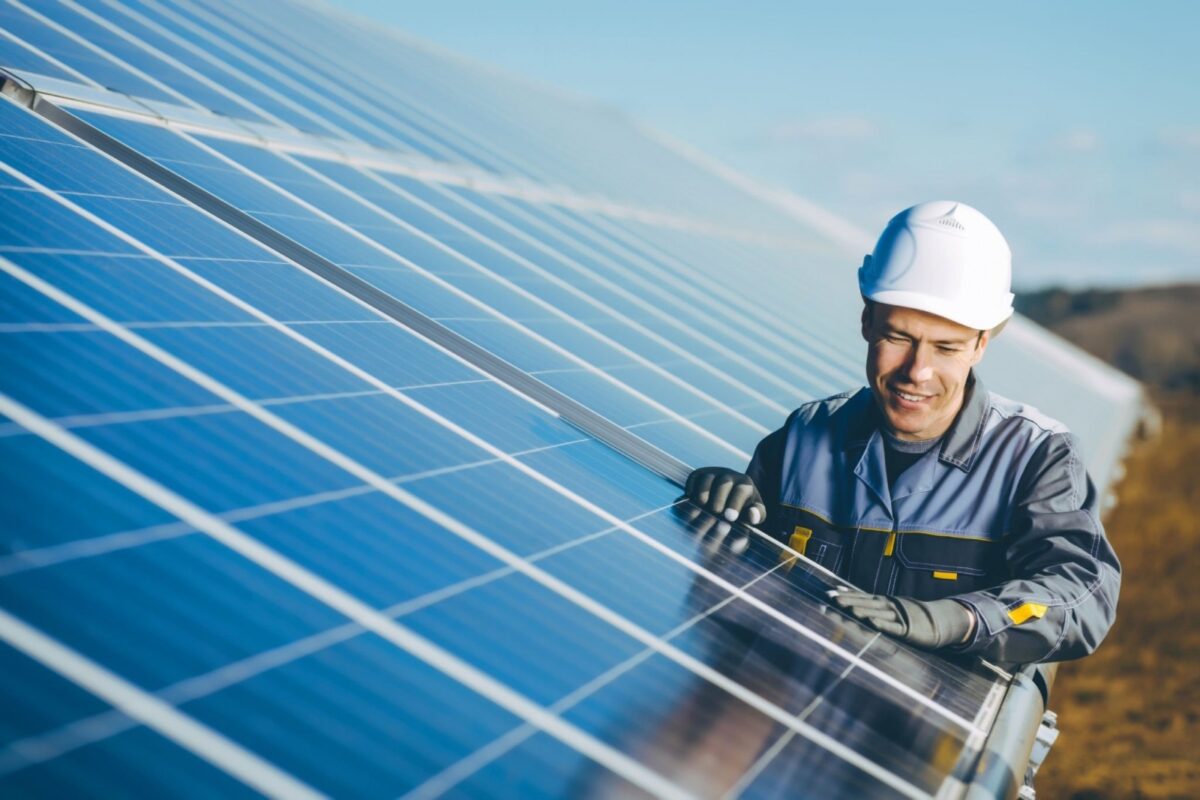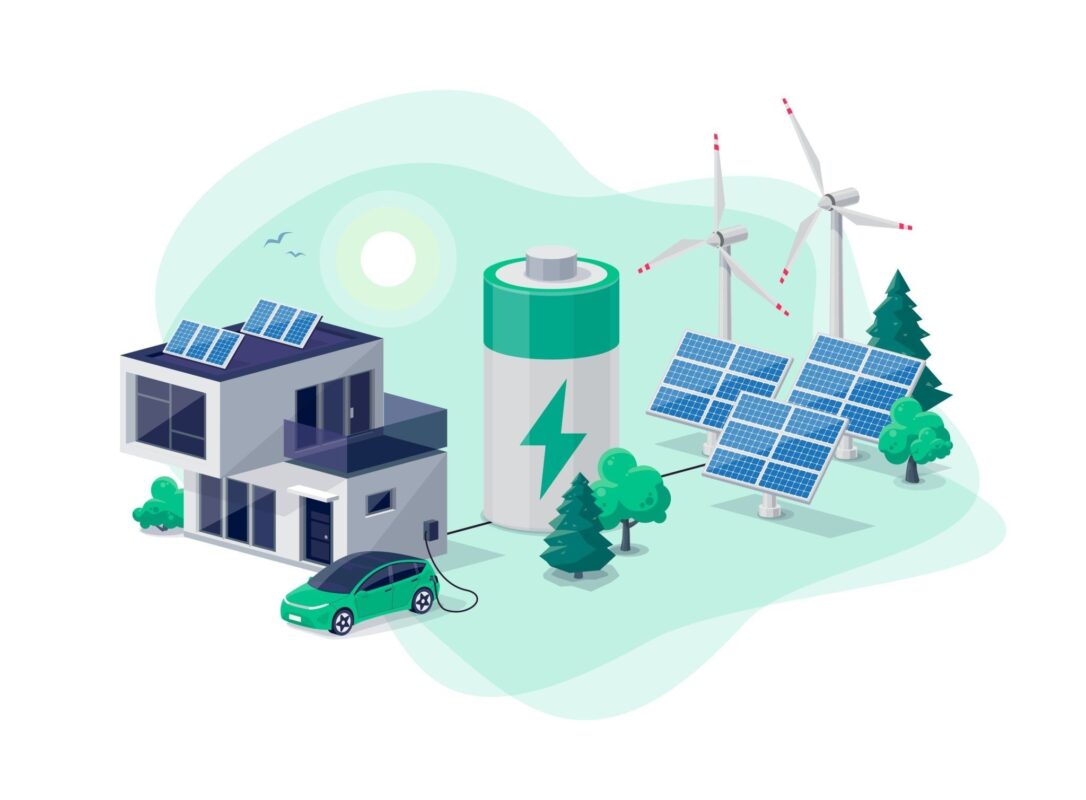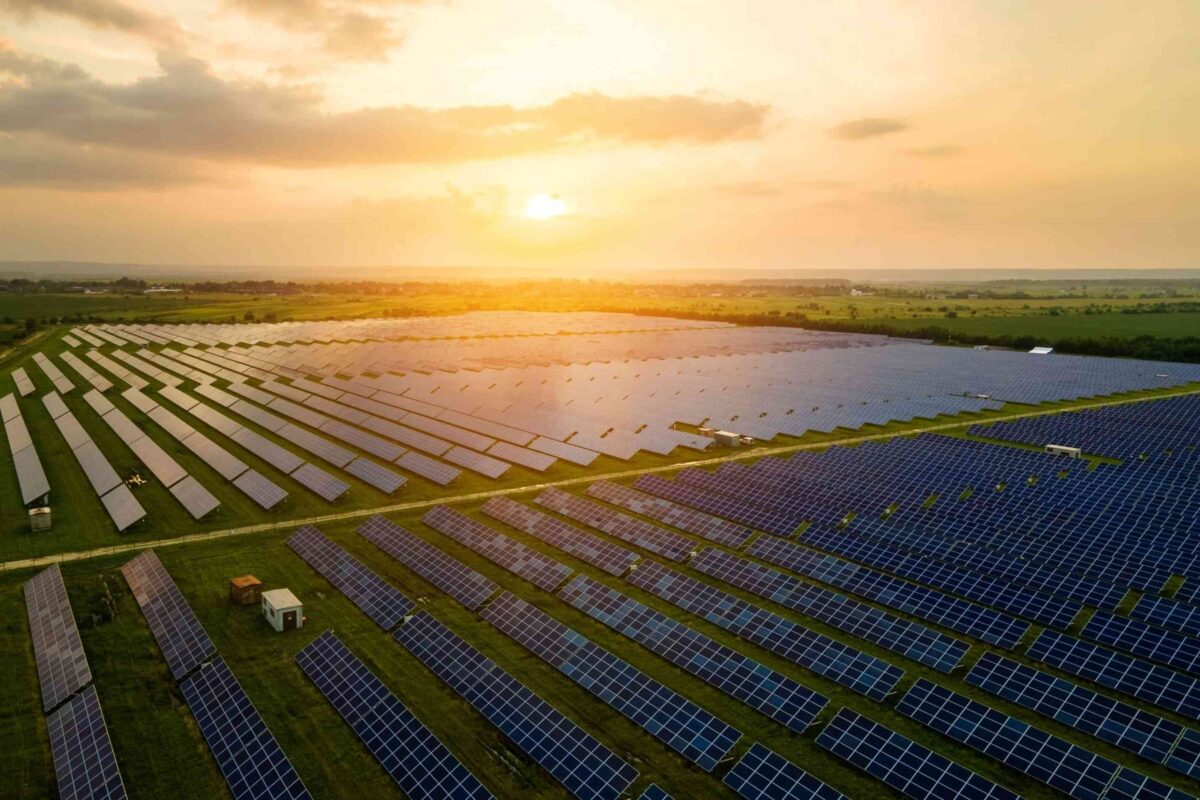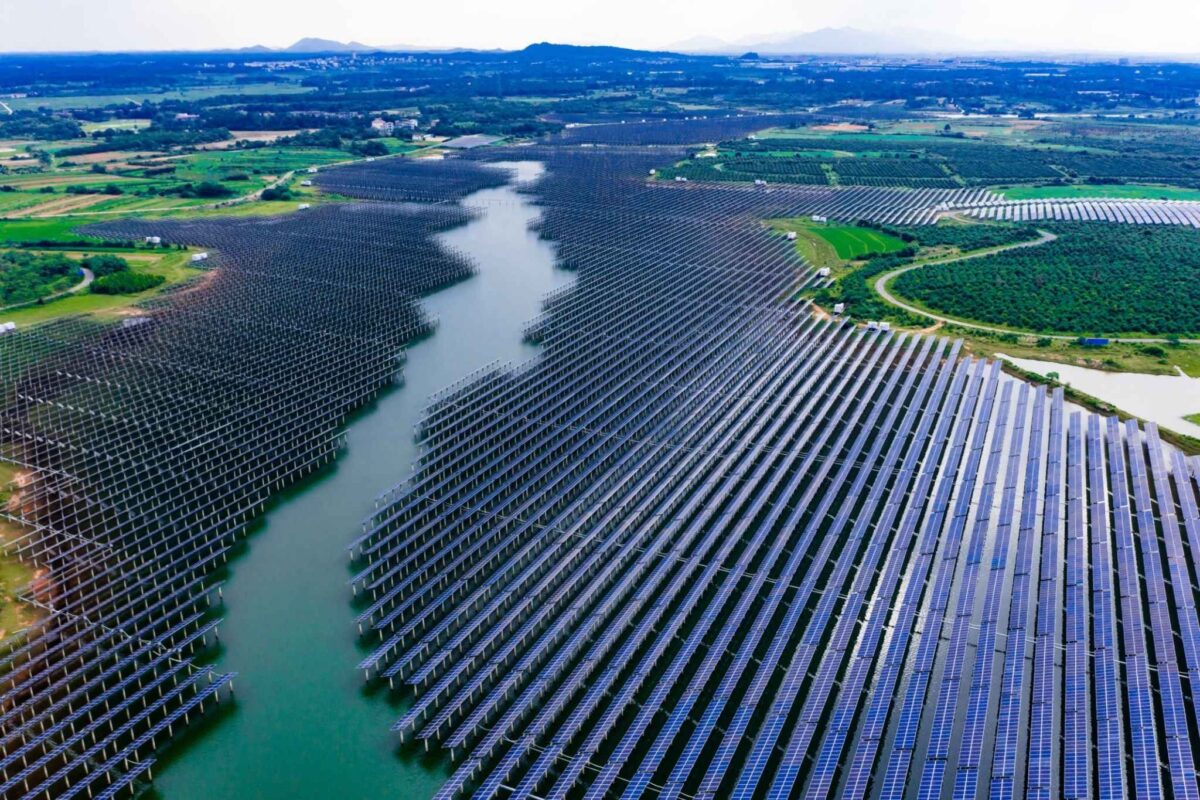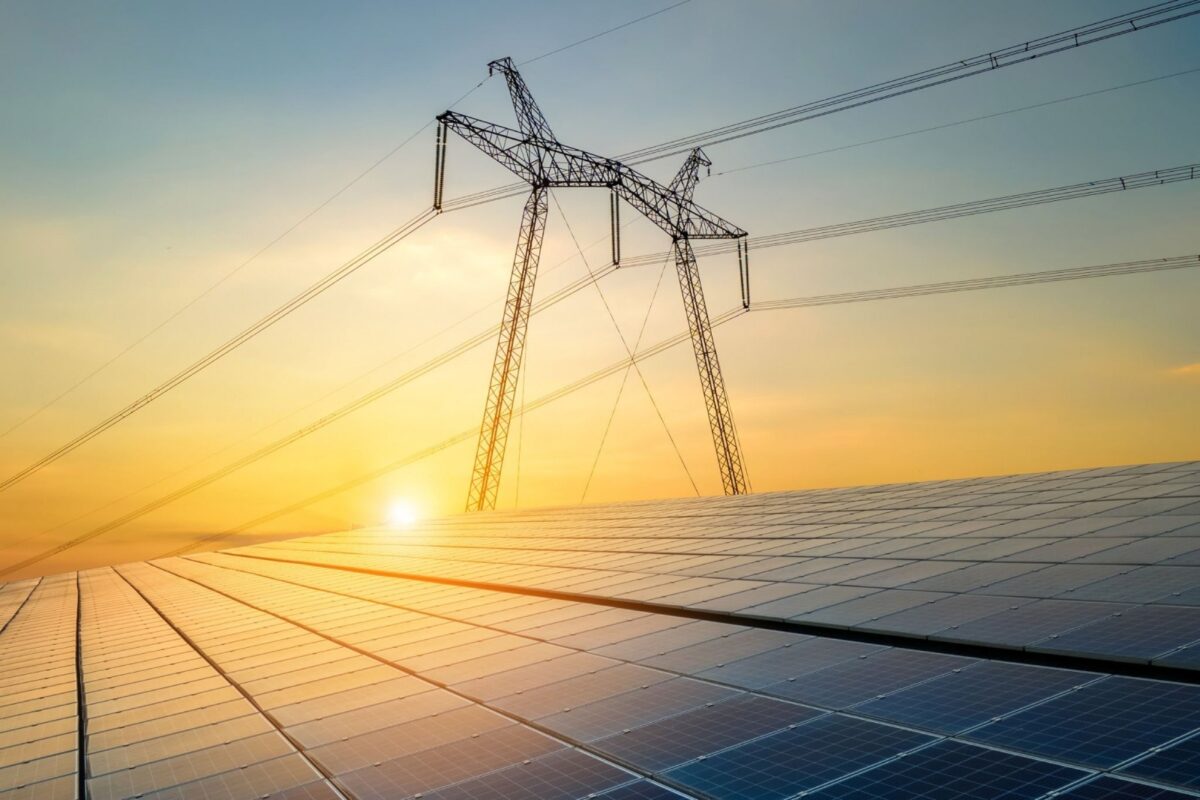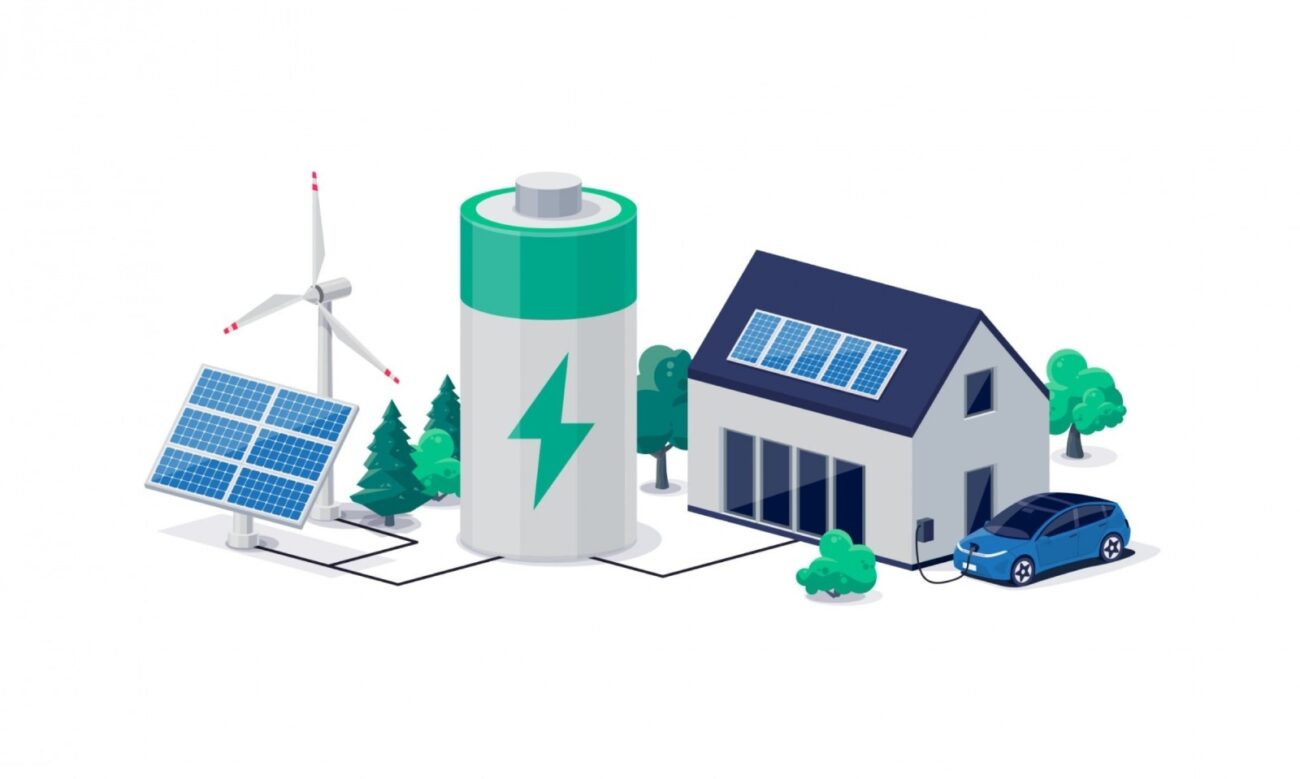Solar-powered desalination is an innovative and sustainable solution to the growing demand for fresh water around the world. As the world population continues to grow, so does the demand for fresh water. Unfortunately, fresh water is becoming increasingly scarce due to a variety of factors, including climate change, urbanization, and industrialization. Desalination is the process of removing salt and other minerals from seawater or brackish water to make it drinkable. However, conventional desalination methods are energy-intensive and often rely on fossil fuels, which contribute to climate change. Solar-powered desalination, on the other hand, is a clean and sustainable solution that can provide fresh water without contributing to greenhouse gas emissions.
What is Solar-Powered Desalination?
Solar-powered desalination is the process of using solar energy to power a desalination plant. There are two main types of solar-powered desalination technologies: photovoltaic (PV) and thermal. PV technology converts sunlight into electricity using solar panels, while thermal technology uses sunlight to heat water and produce steam, which is then used to power a turbine to generate electricity.
The most common solar-powered desalination technology is reverse osmosis (RO). RO is a membrane-based process that removes salt and other minerals from seawater or brackish water by forcing the water through a semi-permeable membrane at high pressure. The membrane allows water molecules to pass through while trapping salt and other minerals. The result is fresh water that is safe for drinking and other uses.
Benefits of Solar-Powered Desalination
There are several benefits of solar-powered desalination compared to conventional desalination methods:
- Sustainable and Renewable: Solar energy is a sustainable and renewable source of energy that does not produce greenhouse gas emissions or contribute to climate change.
- Cost-effective: The cost of solar energy has been declining rapidly in recent years, making it an increasingly cost-effective solution for powering desalination plants.
- Scalable: Solar-powered desalination plants can be easily scaled up or down depending on the demand for fresh water.
- Modular: Solar-powered desalination plants can be designed and built as modular units, making them easy to transport and install in remote locations.
- Independence from Fossil Fuels: Solar-powered desalination plants do not rely on fossil fuels, which can be expensive and subject to price fluctuations.

Applications of Solar-Powered Desalination
Solar-powered desalination has several applications, including:
- Drinking water: Solar-powered desalination can provide clean drinking water to people living in arid and remote regions where fresh water is scarce.
- Agriculture: Solar-powered desalination can be used to provide irrigation water to farmers, particularly in regions where freshwater is limited.
- Industry: Solar-powered desalination can provide process water for industries that require large amounts of water, such as mining and manufacturing.
- Tourism: Solar-powered desalination can provide a reliable source of fresh water for tourist resorts and hotels in remote locations.
Challenges of Solar-Powered Desalination
While solar-powered desalination has many benefits, there are also several challenges that must be addressed:
- Cost: While the cost of solar energy has been declining rapidly in recent years, solar-powered desalination plants are still more expensive to build and operate than conventional desalination plants. This is partly due to the high initial capital cost of solar panels and other equipment. However, as the cost of solar energy continues to decline, the cost of solar-powered desalination is expected to become more competitive.
- Efficiency: Solar-powered desalination plants are typically less efficient than conventional desalination plants, meaning that they require more energy to produce the same amount of fresh water. This is partly due to the intermittent nature of solar energy, which can make it difficult to maintain a constant flow of energy to power the desalination plant. However, advances in technology are improving the efficiency of solar-powered desalination plants, and new designs are being developed that can optimize the use of solar energy.
- Dependence on Climate: Solar-powered desalination plants rely on the availability of sunlight to generate electricity, which means that they are dependent on climate conditions. In areas with high levels of cloud cover or frequent rain, the efficiency of solar-powered desalination plants may be reduced. This can make it difficult to rely solely on solar-powered desalination in regions with variable climate conditions.
- Water Quality: The quality of the water source can also impact the efficiency of solar-powered desalination. Water with high levels of impurities or contaminants can damage the membrane of the desalination unit, reducing its lifespan and increasing maintenance costs. Additionally, the presence of certain minerals and chemicals can make the desalination process more difficult and energy-intensive.
- Infrastructure and Maintenance: Solar-powered desalination plants require a significant amount of infrastructure and maintenance to operate effectively. This includes regular cleaning and replacement of membranes, as well as maintenance of solar panels and other equipment. In remote regions, this can be a challenge due to the lack of available resources and trained personnel.
- Energy Storage: As solar energy is intermittent, it can be challenging to maintain a constant flow of energy to power the desalination plant. One solution is to use energy storage systems, such as batteries or pumped hydro storage, to store excess energy generated during peak sunlight hours. However, these systems can be expensive and may require additional infrastructure.
Conclusion
Solar-powered desalination is a promising and sustainable solution to the growing demand for fresh water around the world. While there are several challenges that must be addressed, advances in technology are improving the efficiency and cost-effectiveness of solar-powered desalination plants. As the cost of solar energy continues to decline, and new designs are developed to optimize the use of solar energy, solar-powered desalination has the potential to become a widely adopted solution for providing clean and reliable water to people around the world.


